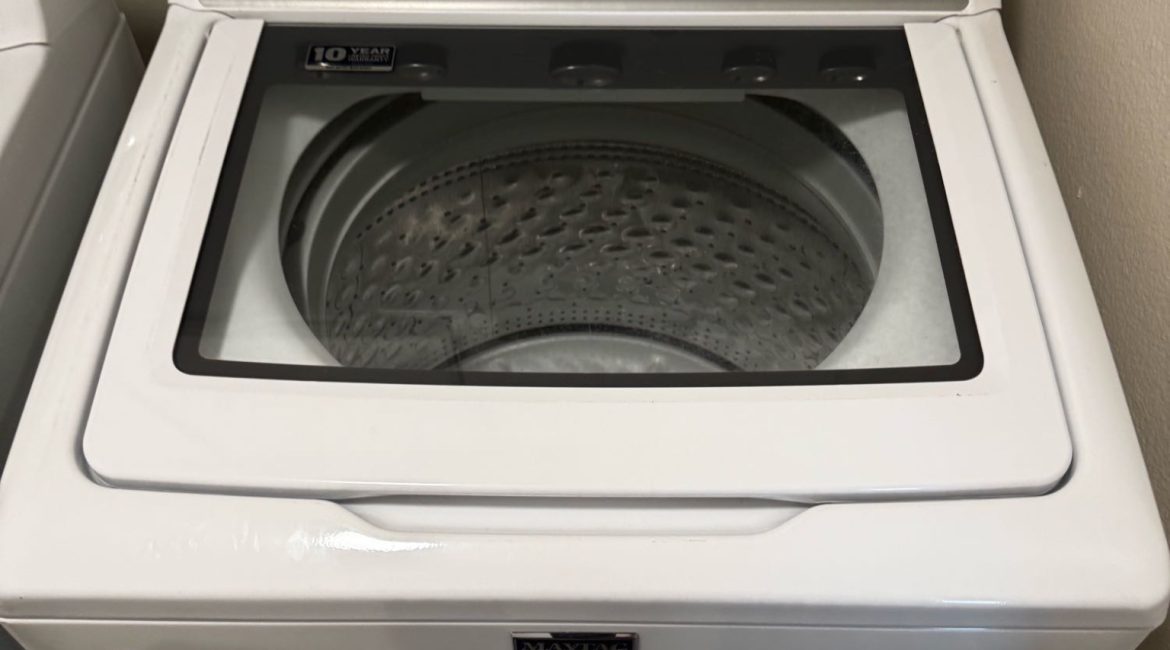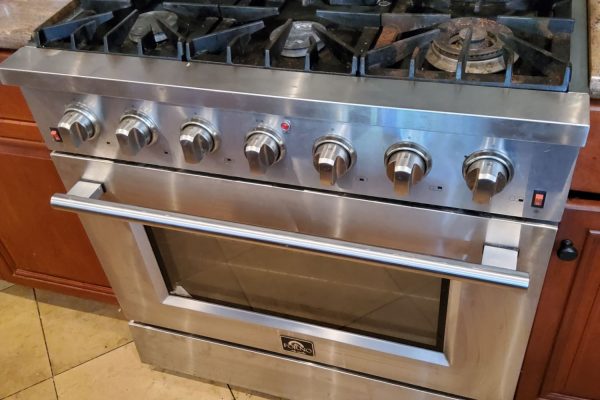One of the main reasons we use washing machines is convenience. We expect them to not only wash our clothes but also remove as much water as possible during the spin cycle, leaving garments just damp enough for quick drying. But what happens when your clothes come out of the washer soaking wet, even after the spin cycle? This frustrating issue often points to a drain pump failure or a malfunction within the spin cycle itself.
Understanding the potential causes behind this problem can save you time, money, and frustration. Let’s explore both scenarios in detail and see what steps you can take to resolve them.
The Role of the Drain Pump
The drain pump is a critical component in every washing machine. Its job is to remove wastewater from the drum at the right stages of the wash cycle. During the spin cycle, the pump ensures that water is expelled quickly so the drum can rotate at high speeds, efficiently extracting excess moisture from your clothes.
If the pump isn’t working correctly, the water won’t drain fully. As a result, clothes remain in a puddle of water at the bottom of the drum, making them come out excessively wet, even after spinning.
Signs of drain pump failure include:
- A loud humming or grinding noise during draining.
- Water remaining in the drum after the wash or spin cycle.
- Slow drainage, even when the spin cycle completes.
Common causes of pump failure:
- Blockage: Items like coins, buttons, lint, or even small socks can block the pump. This is one of the most frequent causes and is often fixable with cleaning.
- Electrical malfunction: The pump motor may stop functioning due to wiring issues or motor burnout.
- Wear and tear: Over time, pumps wear down and need replacement.
Spin Cycle Malfunction
Even if the pump is working, a malfunction in the spin cycle itself can leave clothes wet. Washing machines rely on sensors, belts, motors, and electronic controls to achieve the high speeds necessary to remove water effectively. If something in this system goes wrong, the spin cycle may not work as intended.
Possible spin cycle issues include:
- Unbalanced load: If the laundry load is unevenly distributed, the machine may not reach full spin speed to prevent damage. This safety feature can leave clothes wetter than usual.
- Defective drive belt or motor: A worn or damaged belt or motor can reduce the drum’s ability to spin at the necessary speed.
- Faulty lid switch or door lock: For safety reasons, most washers won’t spin if the lid or door lock isn’t working properly.
- Electronic control issues: Modern washing machines rely on control boards and sensors to regulate the spin. Malfunctions in these parts can interrupt or weaken the spin cycle.
Troubleshooting the Problem
Before calling for professional service, there are a few steps you can try to identify the issue:
- Check the drain hose and filter: Look for clogs in the hose or debris in the filter, as these can restrict drainage.
- Inspect the load: Make sure the laundry is balanced in the drum. Avoid mixing heavy items like towels with lighter garments.
- Listen for unusual noises: Grinding or humming sounds during draining may indicate pump trouble.
- Run a spin-only cycle: If clothes are still wet, it suggests a deeper issue with the pump or spin system.
If these steps don’t resolve the problem, professional help is the best next step.
Why Professional Repair Is Important
Attempting DIY repairs on washing machines can be risky and may cause further damage, especially when dealing with electrical components or the drain pump. A certified technician has the tools, experience, and replacement parts needed to quickly diagnose and repair the problem.
Delaying repairs not only leads to frustration with soggy laundry but can also cause secondary damage, such as mold growth inside the machine due to standing water, or wear on other components forced to compensate for the faulty part.
When your clothes are coming out too wet after the spin cycle, the most likely culprits are a failing drain pump or a malfunctioning spin cycle system. While basic troubleshooting can help rule out simple issues, such as clogs or unbalanced loads, professional service is often required for lasting repairs.
If you’re experiencing this problem, don’t let it disrupt your routine or shorten the lifespan of your washing machine. The skilled technicians at Oceanside Appliance Service Center are ready to help. With years of expertise in diagnosing and repairing washing machines, we ensure your appliance runs smoothly and efficiently again.
Call Oceanside Appliance Service Center today to schedule a repair and restore your washing machine’s performance.
Contact us


